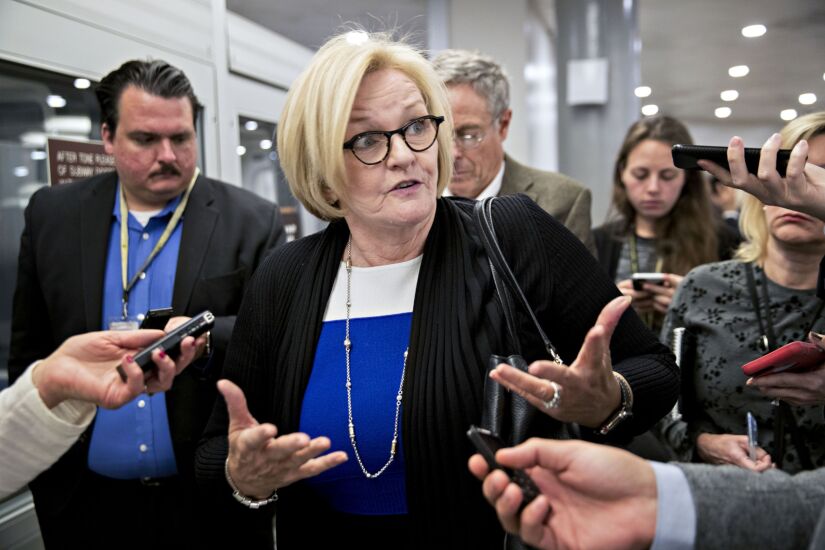WASHINGTON — Bank regulators know better than anyone that their way of doing business can be a slog compared to the fast pace of the private sector. That mismatch is made more apparent as federal regulators
According to regulators, the roots of those bureaucratic challenges can be found in laws that were passed 30, 40, even 100 years ago. They say that if fintech firms and the public demand a nimbler regulatory process, it may be time to revisit laws that underpin basic executive-branch functions.
To protect financial consumers, “there's an increasing awareness, all over the world, that modernizing the regulatory infrastructure itself and bringing better tech into it is going to be key,” Jo Ann Barefoot, CEO of the Alliance for Innovative Regulation and a former senior official Office of the Comptroller of the Currency, said at a Capitol Hill event last week unveiling the report.
Her alliance published a recent report in collaboration with the Buckley LLP law firm on the legal impediments to the regulators upping their tech game to modernizing their administrative processes. The report compiled feedback from employees across Washington’s financial regulators on how their work is often impaired by intersecting legal and regulatory murk — and on what to do about.
Barefoot said getting stakeholders to focus on regulatory reform, rather than other levers of government, is the first challenge.
In consumer protection, “the first thing that comes to mind is not that we need to modernize the regulatory structures,” she said. “We know we need to enforce laws and regulations and so on.”
Here are some of the obstacles to modernization — including specific laws — highlighted in the report, and recommendations for how to overcome them.









